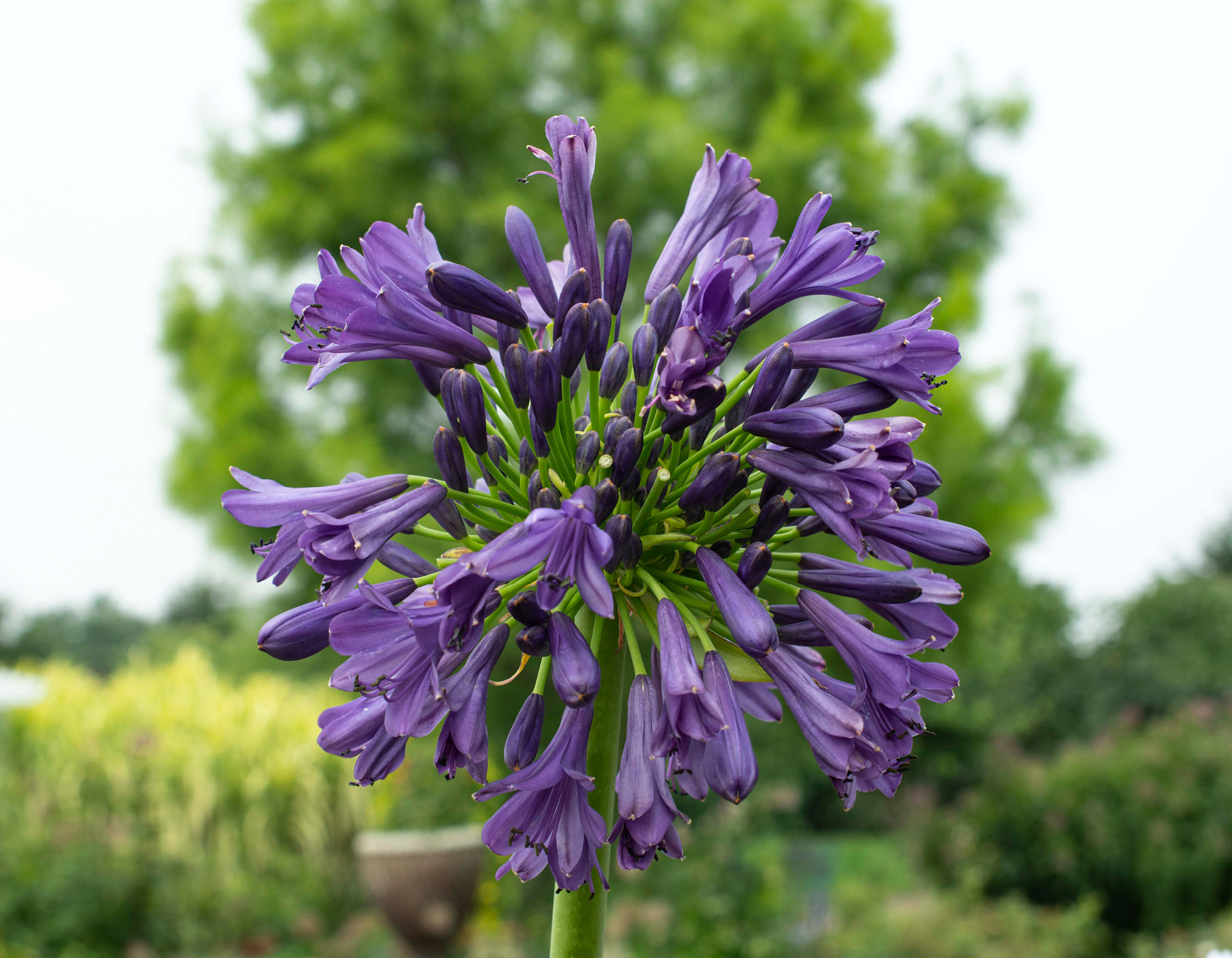Typical Agapanthus Issues and How to Solve Them
Typical Agapanthus Issues and How to Solve Them
Blog Article
Grasping the Art of Agapanthus Treatment: Vital Steps for Healthy Growth and Vivid Blooms
In the realm of gardening, the growing of agapanthus stands as a fulfilling venture for those who seek to nurture these sophisticated blooming plants. With their striking blooms and stylish vegetation, agapanthus has captured the interest of gardeners worldwide. However, accomplishing ideal growth and vivid blooms needs a nuanced strategy that includes different important actions. From selecting the appropriate range to understanding pruning strategies, the journey towards growing thriving agapanthus plants is multifaceted and holds the vital to opening the full capacity of these organic treasures.

Selecting the Right Agapanthus Variety

When picking the ideal Agapanthus range for your yard, think about aspects such as climate suitability, flower color, and development routine. Agapanthus, frequently called Lily of the Nile or African lily, comes in a range of colors ranging from tones of purple and blue to white. Pick a blossom shade that complements your existing garden palette to develop an unified landscape. In addition, think about the environment in your area to make sure the Agapanthus variety you pick can grow in your particular problems. Some varieties are a lot more tolerant of cold temperature levels, while others prefer warmer climates. Understanding the development behavior of different Agapanthus ranges is vital for correct positioning within your yard. Some selections have a clumping development habit, ideal for containers or boundaries, while others have a more dispersing nature, suitable for ground cover or mass plantings. By meticulously examining these factors, you can pick the best Agapanthus selection to boost the appeal of your yard.
Perfect Growing Conditions
Thinking about the ideal environmental demands is important for successful Agapanthus cultivation. Agapanthus prospers in well-draining dirt with a slightly acidic to neutral pH level. When planting, select a place that obtains complete sunshine to partial shade. In hotter climates, giving some afternoon color can stop scorching of the leaves. Agapanthus plants are delicate to cold temperature levels and need to be protected from frost during winter season months.
To guarantee healthy and balanced development and lively blooms, plant Agapanthus bulbs at a depth of regarding 2-4 inches and area them 8-12 Bonuses inches apart. Mulching around the base of the plants helps preserve dampness and subdues weed development.
Watering and Fertilizing Tips
Keeping correct dampness levels and supplying necessary nutrients are essential components in the care regimen for Agapanthus plants. When it comes to watering Agapanthus, it is vital to strike a balance. These plants choose constantly damp dirt yet are prone to root rot if overwatered.
Feeding Agapanthus is important for promoting healthy development and respected blooms. Apply a well balanced fertilizer, such as a 10-10-10 formula, in the early springtime as brand-new development arises. By adhering to these watering and feeding ideas, you can ensure your Agapanthus plants grow and create dynamic, lasting blooms.
Pruning Strategies for Agapanthus
Pruning Agapanthus plants at the ideal times and with appropriate techniques is important for keeping their health and promoting optimal growth and blooming. The excellent time to trim Agapanthus is in late wintertime or early springtime prior to new growth arises.
Deadheading spent blossoms can also redirect the plant's energy click here to read right into creating even more flowers instead than setting seeds. If you want to collect seeds for proliferation, leave some flowers to completely dry and mature on the plant.
Bear in mind to utilize tidy, sharp tools to make specific cuts and reduce the danger of presenting diseases. Agapanthus. Routine trimming will help keep your Agapanthus looking healthy and cool while ensuring a plentiful display screen of stunning flowers
Taking Care Of Usual Parasites and Illness
After making sure proper trimming methods for Agapanthus, it is necessary to deal with typical bugs and diseases that can influence the health and vitality of these plants. One common parasite that affects Agapanthus is the Agapanthus gall midge.
An additional common concern is fungal leaf place, which offers as dark lesions on the leaves. To stop fungal diseases, guarantee good air flow around the plants, stay clear of overhanging watering, and eliminate any infected leaves quickly. Additionally, Agapanthus plants can deal with origin rot if they are planted in inadequately draining pipes dirt. To stop this, plant Agapanthus in well-draining soil and prevent overwatering. By being alert and taking punctual activity versus pests and illness, you can aid your Agapanthus plants prosper and produce vibrant blooms.

Final Thought
In verdict, understanding the art of agapanthus care involves selecting the best range, supplying optimal growing conditions, correct watering and feeding, appropriate trimming methods, and dealing with usual pests and illness. By complying with these vital steps, you can guarantee healthy and balanced growth and lively blossoms for your agapanthus plants. Remember to consistently monitor and keep your plants to promote their important source general wellness and longevity.
To make certain healthy growth and vibrant flowers, plant Agapanthus light bulbs at a deepness of concerning 2-4 inches and area them 8-12 inches apart. By adhering to these watering and fertilizing tips, you can guarantee your Agapanthus plants flourish and create vibrant, lasting flowers.
One typical insect that impacts Agapanthus is the Agapanthus gall midget. In addition, Agapanthus plants can experience from root rot if they are planted in improperly draining pipes soil. By adhering to these essential steps, you can ensure healthy growth and vibrant blooms for your agapanthus plants.
Report this page